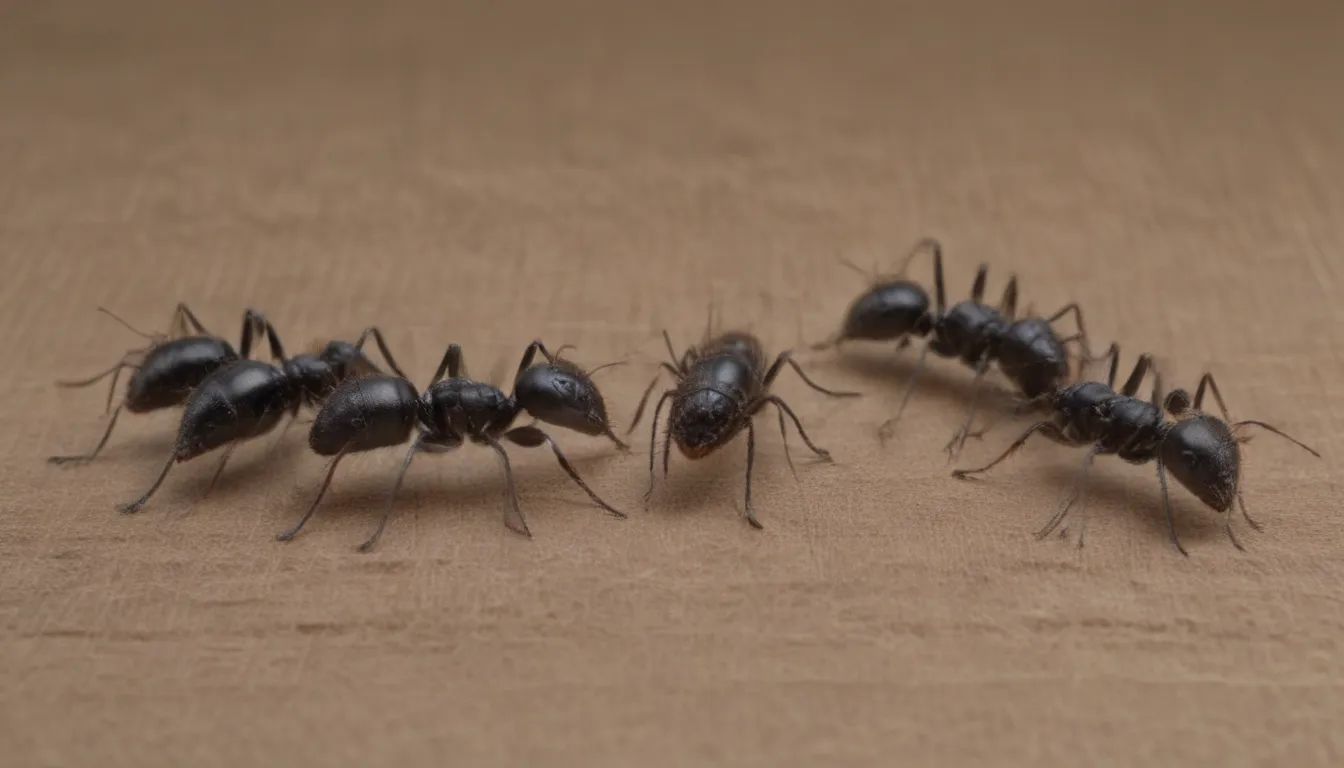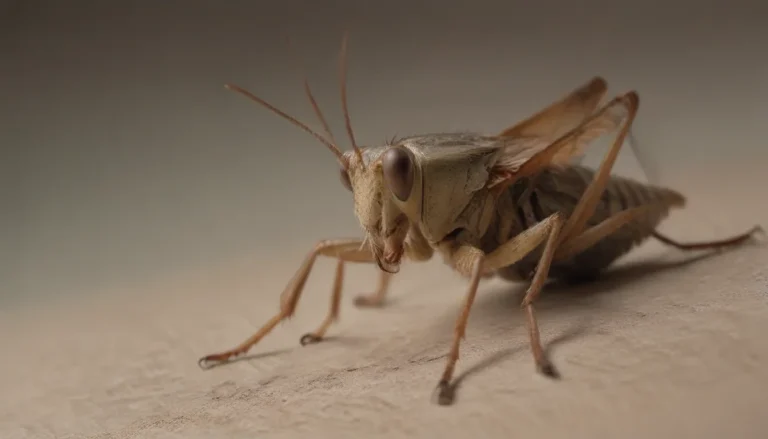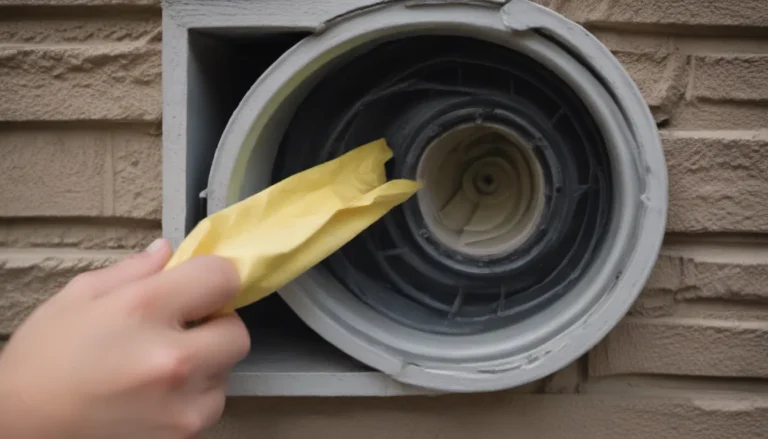How to Identify and Control Carpenter Ants: A Comprehensive Guide

Carpenter ants might be small, but the damage they can cause to your home is significant. These pests are known for making their nests in wood and can wreak havoc on your property if left unchecked. In this article, we will delve into how to identify and control winged carpenter ants in your home to ensure your space remains free of these destructive pests.
Understanding Carpenter Ants
Before delving into control methods, it’s essential to understand what carpenter ants are and how to identify them correctly.
- Carpenter ants are one of the largest ant species in the U.S.
- They nest in wood by creating galleries and tunnels rather than consuming it.
- These ants can vary in size and color, with the most common colors being black or dark brown.
Identifying Winged Carpenter Ants
If you suspect you have a carpenter ant infestation, look out for the following characteristics:
- Height: 1/4- to 5/8-inch long
- Weight: 1 to 5 mg
- Nocturnal or Diurnal: Mainly nocturnal
- Colors and Other Characteristics: Black or red and black colors; waist with one node and a rounded thorax; queens and males have wings while workers do not
- Region Found: Many forested parts of the world
By correctly identifying these winged carpenter ants, you can take the necessary steps to control and eliminate them from your home.
Behavioral Patterns of Carpenter Ants
Understanding the behavior of carpenter ants is crucial in devising an effective control strategy. Here are some key behavioral traits of carpenter ants:
- They nest outdoors in dead and decaying wood.
- Carpenter ants can also nest in homes, particularly in damp or decayed wood.
- These ants feed on proteins and sugars found in various food sources.
- Carpenter ants have powerful jaws and can inflict painful bites, but they do not sting.
Learning about the behavior of carpenter ants can help you identify potential nesting sites and take appropriate action to eliminate them from your home.
Signs of Infestation
Identifying early signs of a carpenter ant infestation can prevent significant damage to your property. Look out for the following indicators:
- Seeing ants in your home during the late fall, winter, or early spring.
- Finding ants near wet or spongy wood, especially around leaky pipes or drains.
- What appears to be flying ants emerging from your home may actually be termites.
If you notice any of these signs, it’s crucial to take immediate action to control the infestation and protect your home from further damage.
Controlling Carpenter Ants
When it comes to controlling carpenter ants, there are several effective strategies you can implement:
- Chemical or Bait Treatments: These methods can help eliminate carpenter ants from your home.
- Repair Damaged Wood: Replace any wet or damaged wood where the ants are nesting to prevent further infestation.
- Address Moisture Issues: Fix any leaks or moisture problems in your home to deter carpenter ants.
- Preventive Measures: Trim trees and shrubs away from your home, seal cracks in the foundation, and keep wood materials from contacting the ground.
By combining these control methods, you can effectively manage and eliminate carpenter ant infestations in your home.
Seeking Professional Help
If you’re dealing with a severe infestation or struggling to control carpenter ants on your own, it may be time to seek help from a pest control professional. These experts have the knowledge and tools to eradicate carpenter ants from your home effectively.
In conclusion, identifying and controlling winged carpenter ants requires a combination of vigilant monitoring, effective strategies, and preventive measures. By understanding the behavior and characteristics of these pests, you can protect your home from potential damage and ensure a pest-free environment for you and your family. If you suspect a carpenter ant infestation in your home, take action promptly to address the issue before it worsens.





